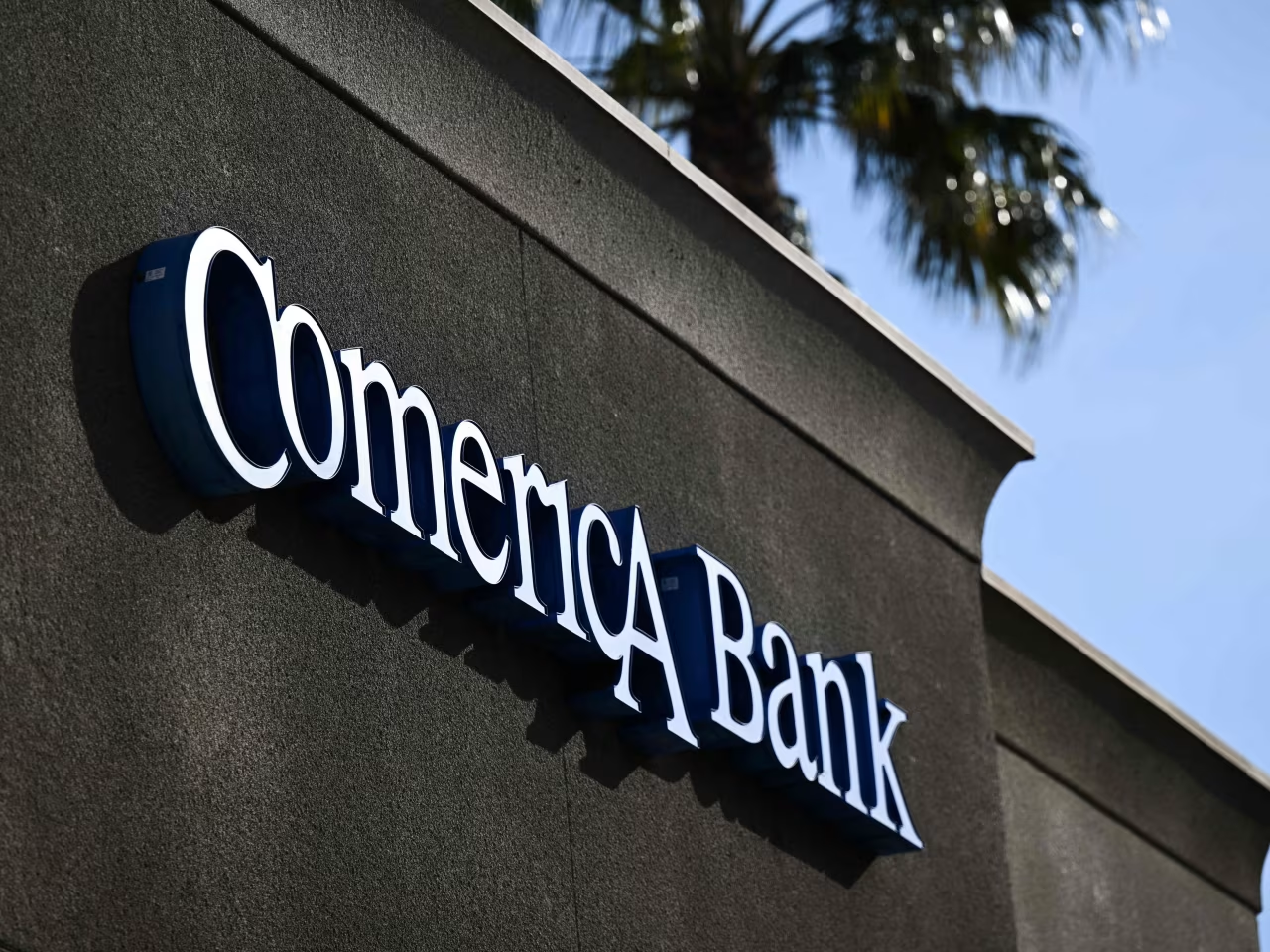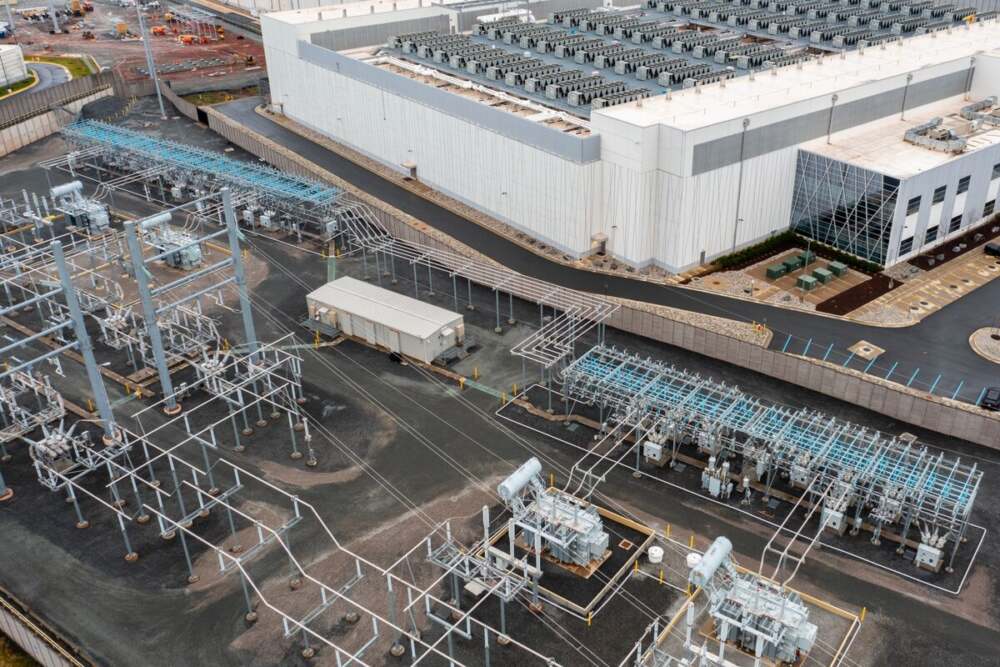October 6, 2025 — Cincinnati, Ohio:
In one of the largest U.S. regional banking deals in recent years, Fifth Third Bancorp announced plans to acquire Comerica Inc. in an all-stock transaction valued at $10.9 billion, creating what would become the ninth-largest bank in the United States by assets. The merger marks a major milestone in the consolidation wave sweeping through the American banking sector as regional lenders seek scale, efficiency, and stability in an increasingly competitive and regulated financial environment.
A Deal That Redefines Scale
Under the terms of the agreement, Comerica shareholders will receive 1.8663 shares of Fifth Third for each Comerica share they own. The transaction values Comerica at approximately $82.88 per share, representing a notable premium over its recent closing price.
Following completion of the merger, Fifth Third shareholders are expected to own roughly 73% of the combined company, while Comerica shareholders will hold about 27%. The merged entity is projected to have approximately $288 billion in total assets, a nationwide network of over 1,400 branches, and a substantial presence in key U.S. markets from the Midwest to the Sun Belt.
Fifth Third Chairman and CEO Timothy Spence described the deal as a “transformative moment” for the company and for regional banking overall. “This combination positions us for long-term growth by expanding our geographic footprint, strengthening our balance sheet, and creating a more diversified revenue base,” he said in a statement.
Strategic Vision: Combining Strength and Complementarity
Fifth Third, headquartered in Cincinnati, has built a reputation as one of the strongest regional banks in the country, with a focus on digital innovation and consumer lending. Comerica, based in Dallas, brings a well-established commercial banking franchise, particularly in middle-market and business lending.
The merger is seen as a natural fit — combining Fifth Third’s retail and digital banking infrastructure with Comerica’s deep relationships in the commercial sector. The banks expect to generate over $1 billion in additional annual revenue from synergies within their wealth management and payment solutions businesses alone.
In addition, the combined entity will have one of the most diversified deposit bases among regional lenders. By spreading exposure across multiple sectors and geographic regions, the merger aims to reduce dependence on any single market, making the new institution more resilient in periods of economic stress.
Leadership and Structure of the New Bank
According to the merger plan, Fifth Third CEO Timothy Spence will lead the combined company as Chief Executive Officer. Comerica’s CEO Curt Farmer will become Vice Chairman, ensuring leadership continuity and helping guide the integration process. Three Comerica board members will also join Fifth Third’s board, reflecting the merger’s balance of representation.
Comerica’s Chief Banking Officer, Peter Sefzik, will oversee the combined company’s Wealth and Asset Management division, which will manage an estimated $300 billion in client assets once the deal closes.
Market Reaction: Investors See Opportunity and Risk
Following the announcement, Comerica shares surged as investors welcomed the premium valuation and long-term growth potential. Fifth Third’s stock, meanwhile, dipped slightly as markets weighed integration risks, cost challenges, and regulatory uncertainties.
Analysts broadly praised the deal for its strategic rationale but warned that execution will be key. “This merger makes sense on paper — both banks fill each other’s gaps,” said one investment strategist. “But integrating operations, systems, and cultures across two different banking identities will require precision and patience.”
The combined company is expected to realize annual cost savings of around $800 million by 2027 through branch consolidations, operational streamlining, and back-office integration.
Expanding into Growth Markets
A major attraction for Fifth Third is Comerica’s strong footprint in high-growth states such as Texas, Arizona, and California — markets that have outpaced national averages in population and business expansion. The acquisition will significantly increase Fifth Third’s exposure to commercial clients in those regions, particularly in energy, healthcare, and technology sectors.
For Comerica, the merger provides access to Fifth Third’s advanced digital banking ecosystem, wider deposit network, and cutting-edge payment platforms. The deal is also expected to accelerate Comerica’s digital transformation, something it had struggled to achieve independently.
Together, the banks will control a stronger deposit and loan base, enabling them to compete more effectively against larger national rivals such as JPMorgan Chase, Wells Fargo, and Bank of America.
Regulatory and Political Landscape
Large regional bank mergers have become increasingly scrutinized since the 2023 regional banking turmoil, which saw the collapse of several mid-sized lenders amid liquidity pressures. Regulators, including the Federal Reserve, FDIC, and Office of the Comptroller of the Currency, will review the Fifth Third–Comerica deal closely for potential risks to market concentration and financial stability.
Both companies are emphasizing their strong capital positions, conservative loan portfolios, and robust liquidity buffers to reassure regulators and investors alike. Fifth Third stated it expects to maintain a Common Equity Tier 1 (CET1) ratio above 10% post-merger, well above regulatory minimums.
If approved, the transaction is expected to close by the first quarter of 2026.
Broader Implications: A New Wave of Bank Consolidation
The Fifth Third–Comerica merger is the latest in a series of strategic consolidations among regional lenders seeking scale amid tightening margins, digital disruption, and evolving regulatory frameworks.
Smaller banks, facing rising compliance costs and technology demands, are increasingly merging to survive and compete. Analysts say the deal could trigger additional consolidation in the regional banking sector, with mid-sized institutions exploring similar partnerships to maintain profitability.
“This transaction sends a clear signal,” said banking analyst Dana Keller. “Scale, diversification, and digital strength are no longer optional — they are essential. We’re likely to see more banks pursuing mergers of equals to stay relevant.”
Challenges Ahead
While the deal promises growth, it also comes with risks. Integrating thousands of employees, merging IT systems, and unifying customer platforms across multiple states could lead to transitional disruptions.
Cultural integration is another challenge. Fifth Third’s Midwestern retail-focused culture differs from Comerica’s Texas-rooted commercial identity. Ensuring smooth communication, workforce alignment, and customer retention will be vital to the merger’s long-term success.
Moreover, economic uncertainty — including interest rate fluctuations, credit tightening, and lingering inflation — could test the combined bank’s performance in the short term.
The Future of Regional Banking
If successful, the merger could set a new precedent for how regional banks position themselves in an evolving financial landscape. The combined institution would possess the scale to compete with national giants while maintaining the agility and local focus of a regional bank.
By combining Fifth Third’s strong retail presence with Comerica’s commercial expertise, the new entity aims to become a “super-regional” powerhouse — one capable of shaping the future of U.S. banking beyond traditional geographic limits.
“This is not just about size,” CEO Timothy Spence said during a press briefing. “It’s about building a more resilient, innovative, and inclusive financial institution that reflects the future of American banking.”
















Leave a Reply